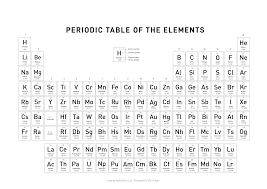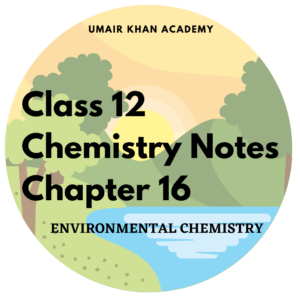It is an exciting activity to play with because it prepares you the best for exam preparation. It is about preparation through chemistry video lecture notes, MCQ quiz and Chemistry notes for class 11 chapter 1. Short Question notes are given below.
Attempt the MCQs quiz, and click on the start button to start the self-assessment.
1st-year Chemistry notes Chapter 1 (Basic concepts)
1: Define limiting reactant, and give an example.
The limiting reactant is a reactant that controls the amount of product formed in a chemical reaction due to its smaller amount. e.g.
2H2 +2O2 → 2H2O. In this reaction, H2 is a limiting reactant.
2. Explain the mathematical relationship for m/e of an ion in mass spectrometry.
The mathematical relationship for (m/e) is
m/e = H2r2/2E Where
H= strength of a magnetic field
E= strength of an electrical field
R= radius of a circular path
3. Mg atom is twice heavier as the carbon atom. Comment?
One atom of C contains 6 protons and 6 neutrons in its nucleus and its atomic mass is 12 a.m.u. While one atom of Mg contains 12 protons and 12 neutrons in its nucleus, its atomic mass is 24 a.m.u. Hence one atom of “Mg” is twice heavier than that one atom of “C”.
4. List steps involved to identify a limiting reactant?
To identify a limiting reactant the following steps are performed:
- Calculate the number of moles from the given amount of reactant.
- Find out the number of moles of product with the help of a balanced chemical equation.
- Identify the reactant which produces the least amount of product as a limiting reactant.
5. Explain the relative abundance of isotopes with a suitable example?
The percentage of an isotope of an element compared to other isotopes of the same element is called its relative abundance. It is measured by mass spectrometry. e.g.
Ne-20=90.92%
Ne-21=0.26%
Ne-22 =8.82%
6. Write assumptions of stoichiometry?
There are the following assumptions of stoichiometry:
- All the reactants are completely converted into products.
- No side reaction occurs.
- While doing calculations, the law of conservation of mass and definite proportions are obeyed.
7. Define atomic mass unit. Give its value in grams.
The 1/12th of the mass of one atom of carbon is called 1 a.m.u.
1amu=1.661×10-24g=1.661×10-27kg
8. Calculate the moles of 100g of silicon? (Atomic Mass of Si is 28)
| Given mass of silicon (m) | =100g |
| Molar mass of silicon (M) | =28g/mole |
| No. of moles (n) | =? |
| n | = m/M => 100/28 => 3.56 moles |
9. Differentiate between atom and molecule?
Atom: The smallest particle of an element which may or may not have an independent existence. e.g. H, He, Ne etc.
Molecule: The smallest particle of a pure substance which can exist independently. e.g. He, N₂, H, etc.
10. Define ion and give its two examples.
Those species which carry either positive or negative charge are called ions. e.g. Na+ K+ CI–Br–




